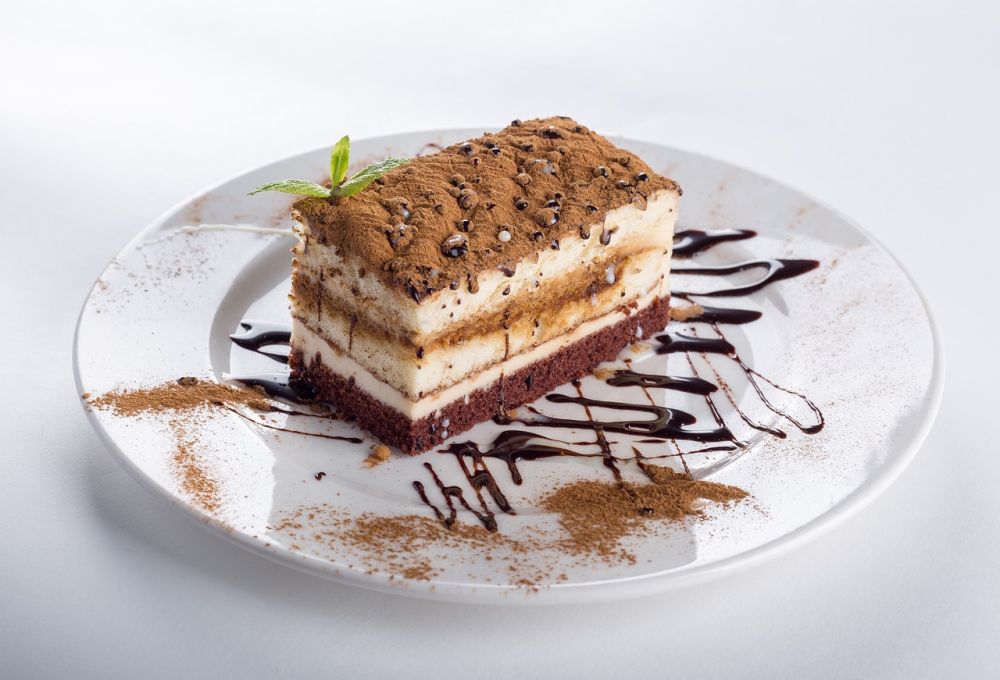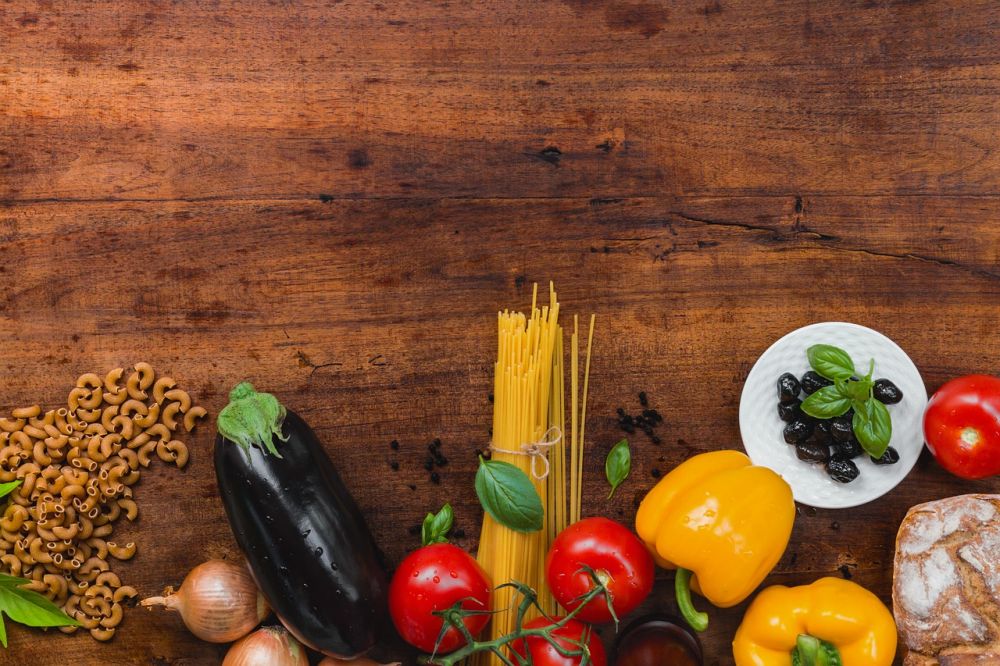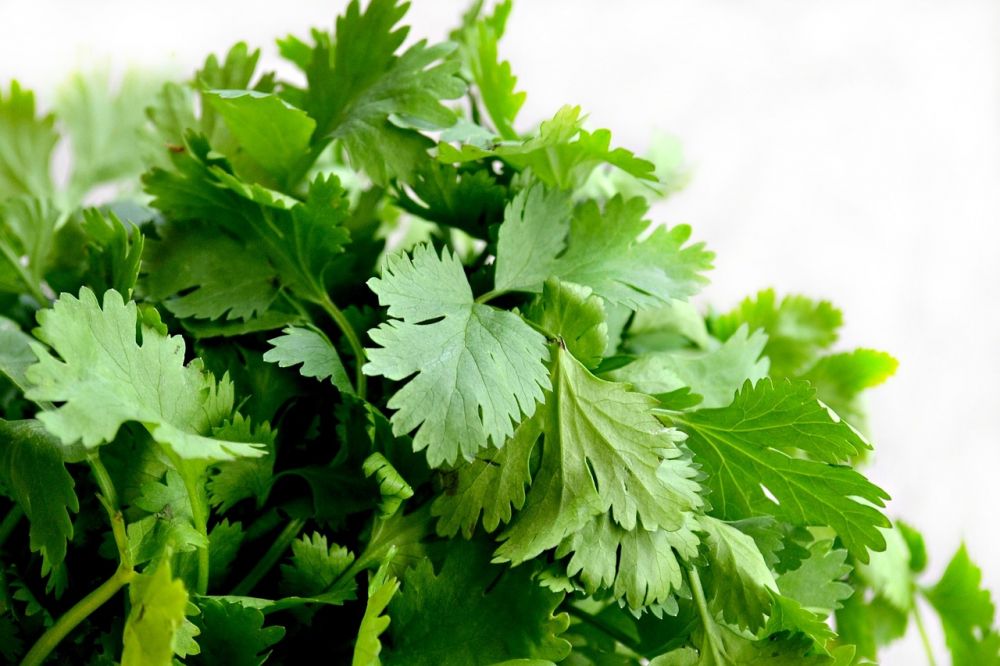Bake Bread: A Comprehensive Guide to the Art of Bread Making

Introduction:
Bread baking is a timeless culinary tradition that has been practiced for centuries. It involves combining simple ingredients like flour, water, yeast, and salt to create a versatile and delicious food staple. In this article, we will delve into the world of bread baking, exploring its various types, techniques, and historical significance. Whether you are a seasoned baker or a novice looking to discover the joys of baking your own bread, this comprehensive guide will provide you with all the essential information you need.
I. Understanding Bread Baking:

Bread baking is the process of combining flour, water, yeast, and salt to create a dough that is then shaped and baked. The yeast, a microorganism, ferments the dough, producing carbon dioxide gas that causes it to rise. This process, known as fermentation, imparts flavor and texture to the bread. The basic steps of bread baking include mixing, proofing, shaping, and baking.
II. Types of Bread:
There are countless varieties of bread, each with its own unique characteristics and flavors. Some popular types include:
1. Sourdough Bread:
Sourdough bread is made using a naturally fermented starter, which gives it a distinct tangy flavor. The starter is a mixture of flour and water that captures wild yeast and lactic acid bacteria from the environment. Sourdough bread is known for its chewy texture and crispy crust.
2. Whole Wheat Bread:
This type of bread is made using flour that has not been heavily refined, retaining most of the grain’s original nutrients. Whole wheat bread is denser and has a heartier flavor compared to white bread. It is a healthier option and is often preferred by health-conscious individuals.
3. Baguette:
Originating in France, the baguette is a long, thin loaf with a crisp crust and soft interior. It is a staple in French cuisine and is commonly used for sandwiches or served alongside meals.
4. Ciabatta:
Ciabatta is an Italian bread known for its irregular shape and porous texture. It has a slightly chewy interior and a crust that is soft, rather than crisp. Ciabatta is often used for sandwiches or served as a table bread.
III. Quantitative Measurements in Bread Baking:
Bread baking involves precise measurements to ensure consistent results. Ingredients are measured using units such as grams, ounces, or cups. Accurate measurements of flour, water, yeast, and salt are crucial for achieving the desired texture and flavor. Professional bakers often use kitchen scales to measure ingredients by weight for greater precision.
IV. Differentiating Bread Varieties:
Each type of bread differs in terms of ingredients, ratio of ingredients, and baking techniques. For example, sourdough bread requires a starter, while other types may require commercial yeast. The amount of hydration in the dough also varies, influencing the texture of the final product. Additionally, the shaping methods, proofing times, and baking temperatures may differ based on the type of bread being made.
V. Historical Overview of Bread Baking:
Bread has a rich history dating back thousands of years. In ancient civilizations, bread provided sustenance and was often regarded as a symbol of civilization and abundance. Over time, different cultures developed their own unique bread-making techniques and traditions. However, advances in technology and mass production have led to the decline of traditional bread baking methods, making it a cherished art form in today’s culinary world.
Conclusion:
Bread baking is not merely a culinary process but an art form that allows individuals to create wholesome, flavorful breads in the comfort of their homes. Whether you prefer the tang of sourdough or the heartiness of whole wheat, the possibilities are endless in the world of bread baking. So, roll up your sleeves, gather your ingredients, and embark on a journey of sensory delight as you master the timeless art of bread baking.
References:
1. Smith, P. (2021). The Taste of Bread: A Celebration of Bread Baking Throughout the Centuries. Culinary Publishing.
2. Tartine Bread. (n.d.). Retrieved from https://www.tartinebread.com/





